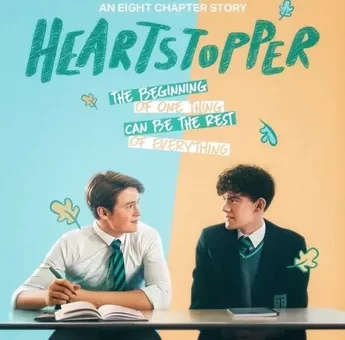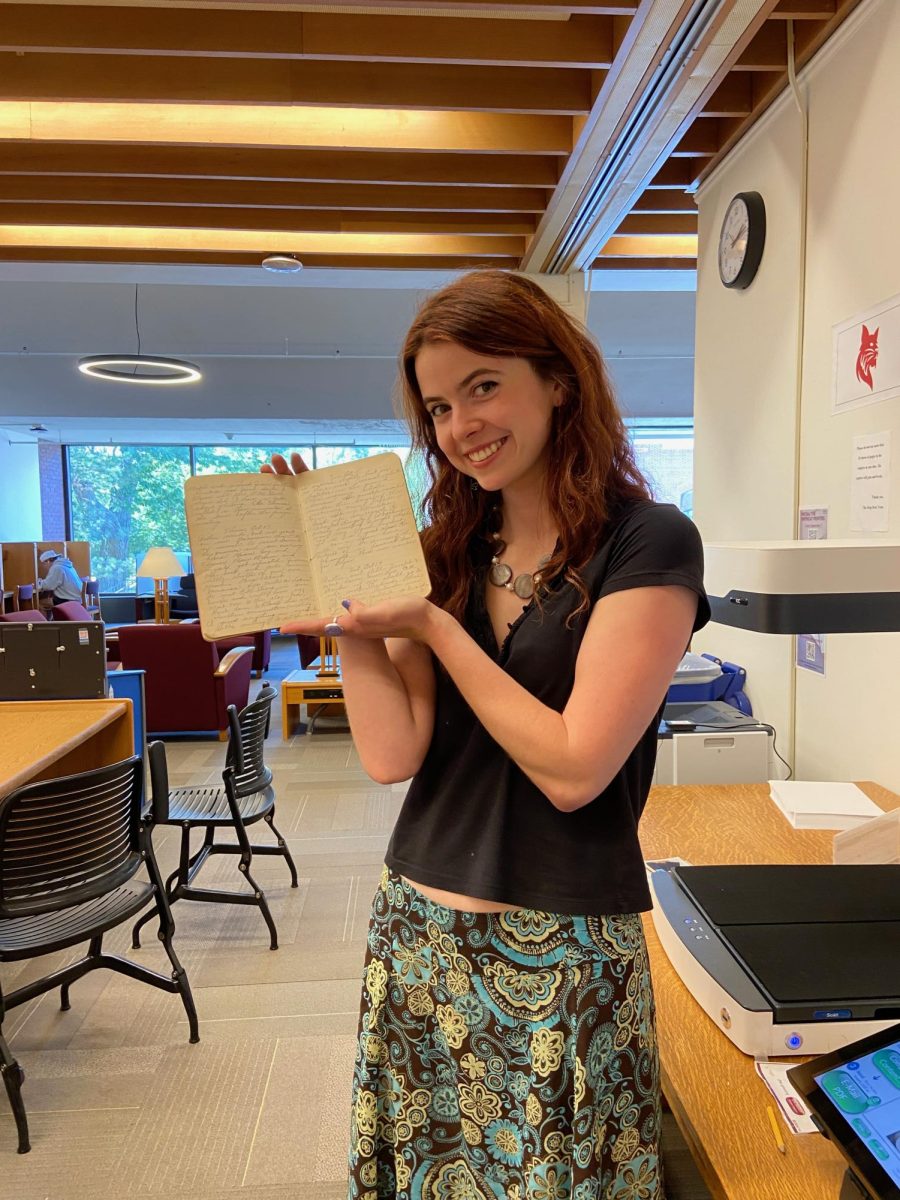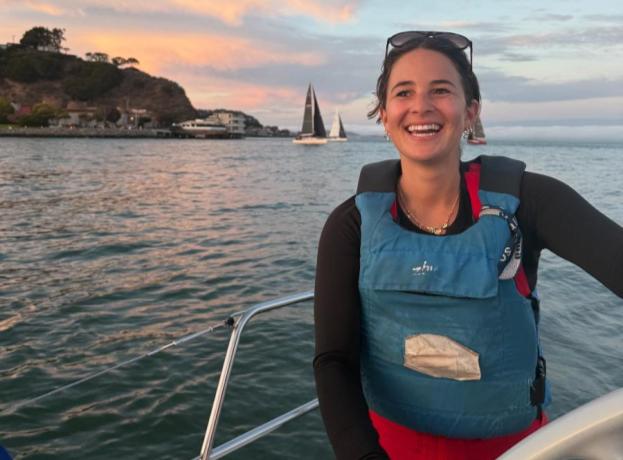As much as I am embarrassed about it, the first time I learned about the different types of birth control was while watching an episode of Big Mouth. Yes, I’d known about condoms and the pill but I’d never heard of an Intrauterine Device (IUD). But lo and behold, the animated show I was watching out of love for John Mulaney and Nick Kroll’s duo dynamic taught me something that I probably should’ve learned in my middle school health class.
Except I didn’t. I technically didn’t ever get the “birds and the bees” talk, nor did I ever take “sex education.” When I got my first period, no one had told me what would happen. I thought the blood meant I was dying. My parents always were uncomfortable when I asked questions even remotely close to the topic, so I didn’t. Everything I’ve learned (to this date) has been from talking with peers and from the media I consume.
The Big Mouth episode in question (S2, Ep. 5) features different “mini-plots” and sketches featuring topics like Sexually Transmitted Diseases (STDs) and Planned Parenthood. One of the characters goes on bachelor-style dates with different types of birth control. Another plot features one of the characters as the captain of a sci-fi ship screening for cervical cancer. All of these stories demonstrate the function of Planned Parenthood, contraceptives, and misconceptions around STDs in an entertaining yet informative way. These story lines aren’t just a “one off” either. Many story lines revolve around heavy topics like divorce, substance abuse, depression, and sexuality. Compared to the other topics, the sex education seems almost out of place.
Shows like Big Mouth are filling in for all those gaps or myths in sexual education and changing how the media usually portrays sex.
The show, regarded as “childish and vulgar”, is famous for its jokes surrounding masturbation, blood, and …other fluids. There are countless moments where the audience feels nothing but second-hand embarrassment for the characters. But these are the moments that make the show.
The characters’ lack of knowledge can be a representation of the viewer’s lack of knowledge. Nick Kroll himself recounts in an NPR article what he learned while writing an episode about a tampon. He “had no real sense of the mechanics, like how an applicator works and what’s actually happening” before that demonstration.
In that same interview, he points out the difference in how sex education is taught to boys and girls. He says that for “girls” it’s “like: protect yourself physically from men and protect yourself emotionally from what’s going on, and you’re going to get your period.”
On the other hand for “boys” it’s like “we don’t talk to them about what they’re physically going through. And we don’t talk to them about what they’re emotionally going through.”
By portraying sex and all the taboo topics related to it in an adult show, there is an opportunity to educate people where sex education might’ve failed.
But some have taken this growing education as inappropriate to even be dealt with, leading to millions of parents asking if the media their child consumes is age-appropriate. As the internet grows, there have been concerns over high school and college kids getting exposed to adult themes with sexually explicit content or violence.
But what actually is an adult theme?
I genuinely don’t know if there is an actual answer to this other than that adults are the ones who define adult themes. They are the people who determine what concepts, ideas, or stories are too “inappropriate” to be consumed by children. Most recently this has been found in the censorship of books in school systems (a majority of these stories focus on racism, addiction, gender, and sexuality). According to Pen America’s article, 42% of books banned “explicitly address LGBTQ+ themes” and 22% have “sexual content of varying kinds.”
Censorship remains a pressing issue. Deciding who should view what content at what age comes at a price. Books are vital to expanding worldviews and taking away these opportunities silences the writers and their stories.
Since the media serves as a representation of our cultural values, it can also set unrealistic standards or romanticize unhealthy relationships. Sex scenes in movies can set unrealistic expectations. Not everyone’s “first time” is going to be as smooth as it seemed in their favorite movie. Life happens and life is raw, real, and not as scripted as movies.
The media tends to concentrate on heterosexual relationships; however, in the past decade, there has been increased representation of LGBTQ+ relationships. No longer the oversimplified harmful stereotypes of 90s sitcoms, these stories have seen growth and have slowly come into the mainstream. More stories, writers, and actors of different backgrounds have made possible some of the most touching forms of representation on the screen and the page.
“Heartstopper” is a marvelous Netflix adaptation of Alice Oseman’s popular webtoon and graphic novel. Every character experiences unique struggles and journeys toward self-discovery. One character in particular is breaking ground. In the second season, Isaac tries to find words to express his sexuality and figure out why it doesn’t line up with what he has been exposed to. Near the end of the season, the viewers see him try to free himself from society’s expectations and come into his asexuality. The best part is that his character is complex and extends beyond his sexuality. He is a 3-D complex human with feelings and emotions, a major step forward from the simple caricatures whose sexuality could be “fixed”- as disgusting as it sounds.
Media representations of sex, health, and sexuality work to fill in the gaps where U.S. sexual education has fallen short. However, this isn’t a perfect system and misinformation can be spread just as easily as facts. States also are concentrating on filtering the information shared in these sexual education classes and have the authority to make laws to criminalize certain information. The future of sexual education hangs in the hands of lawmakers and voters.








